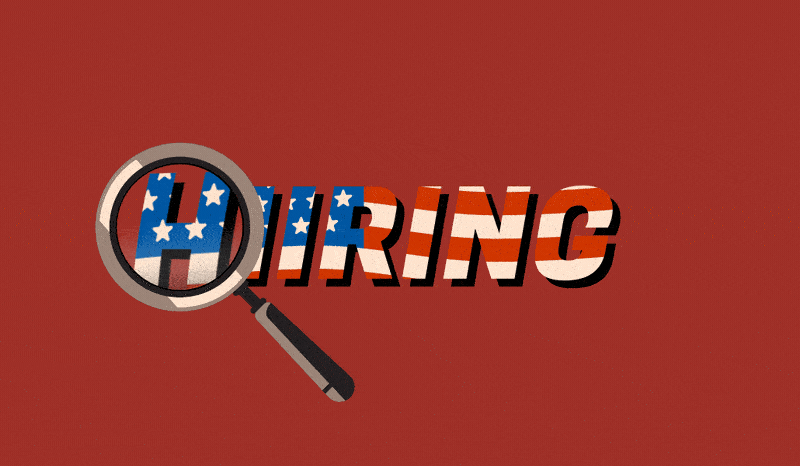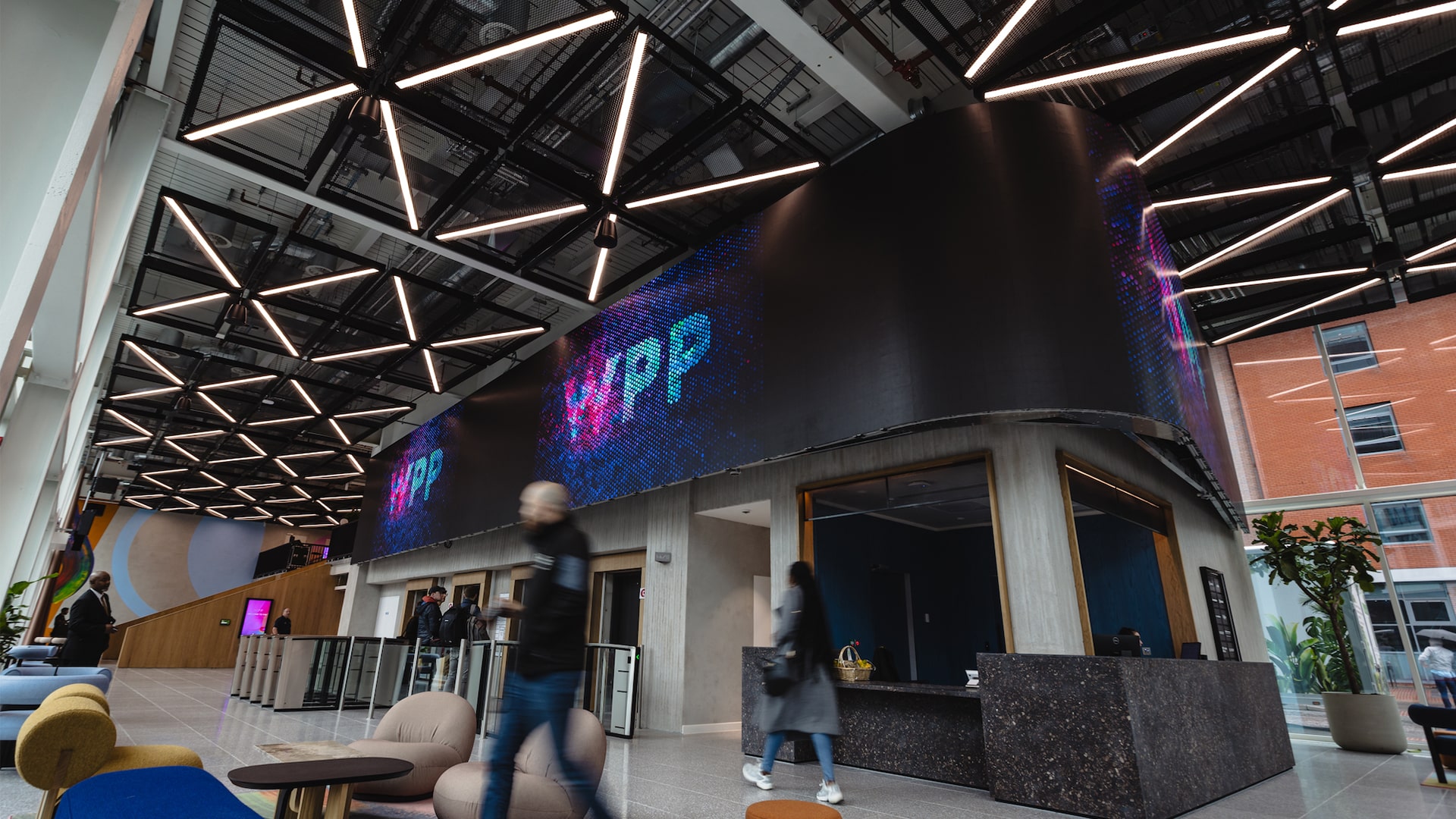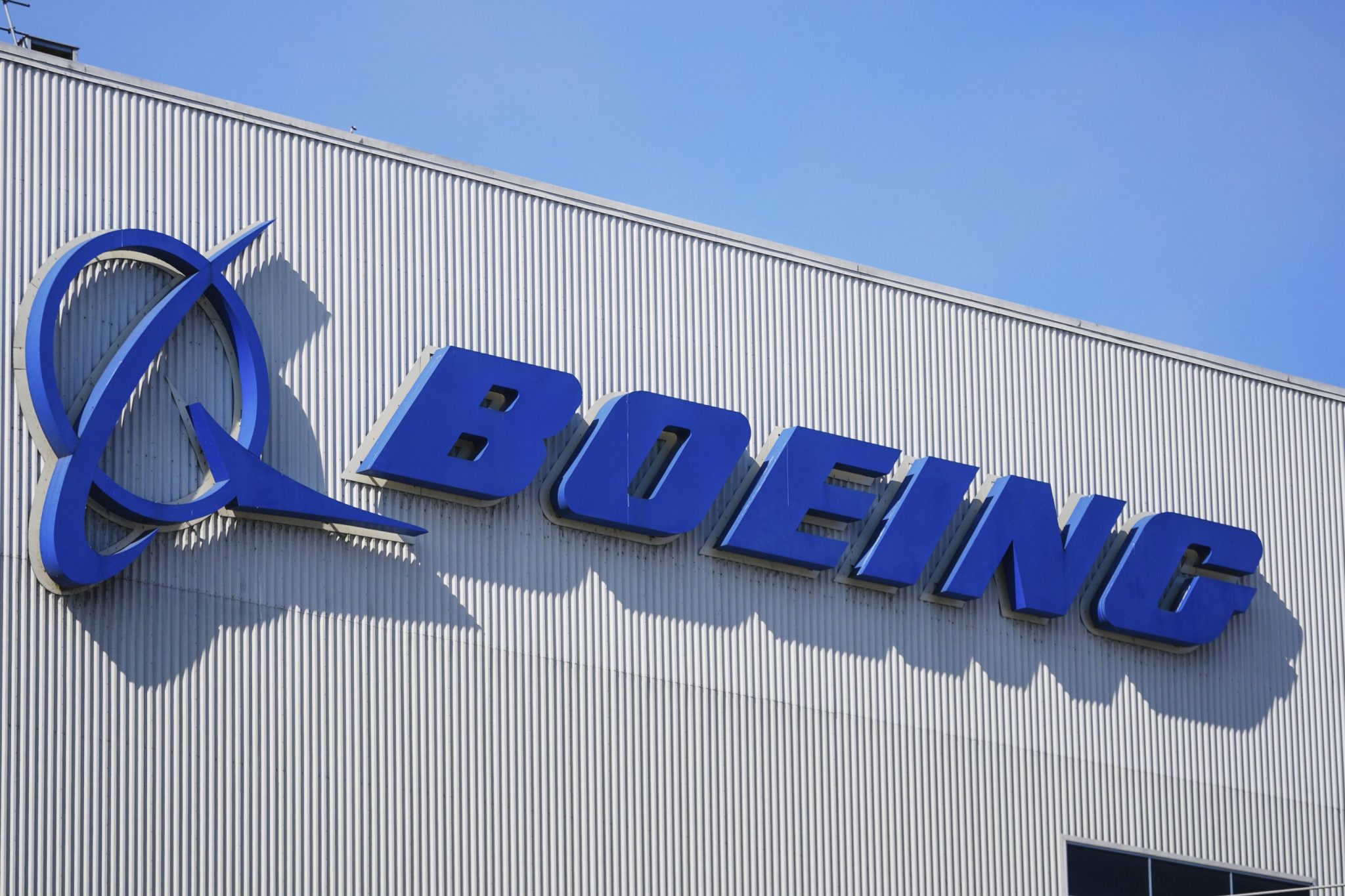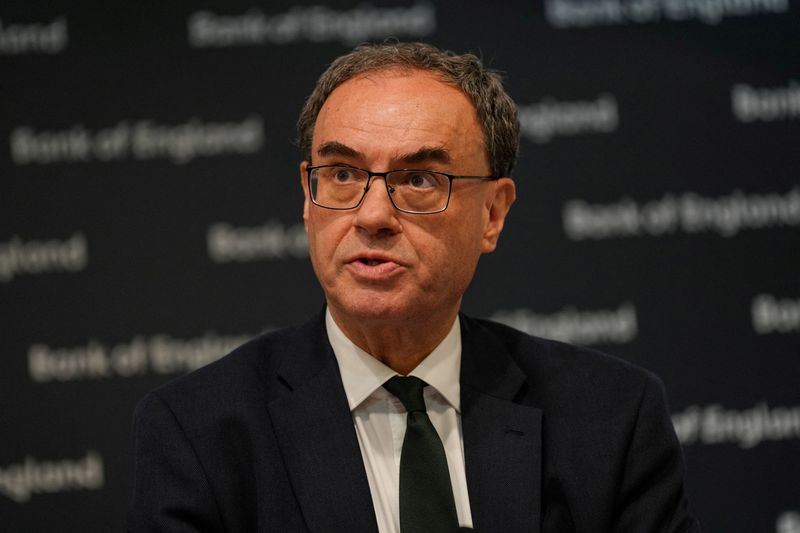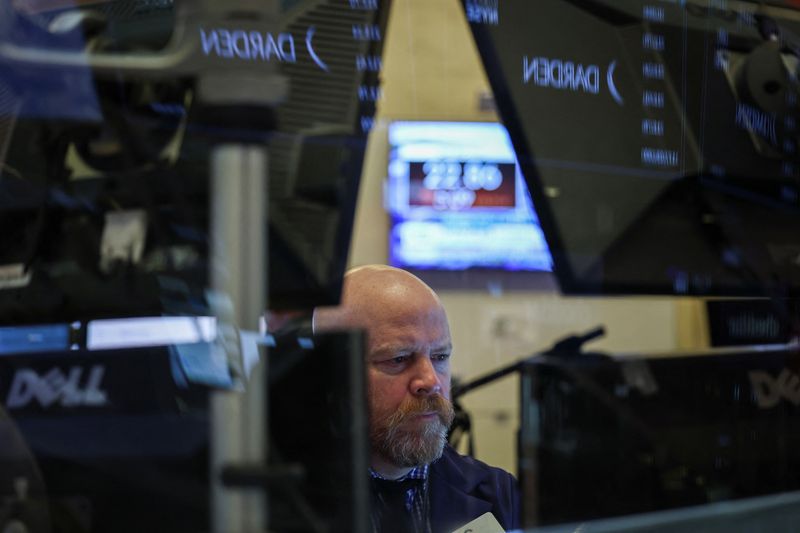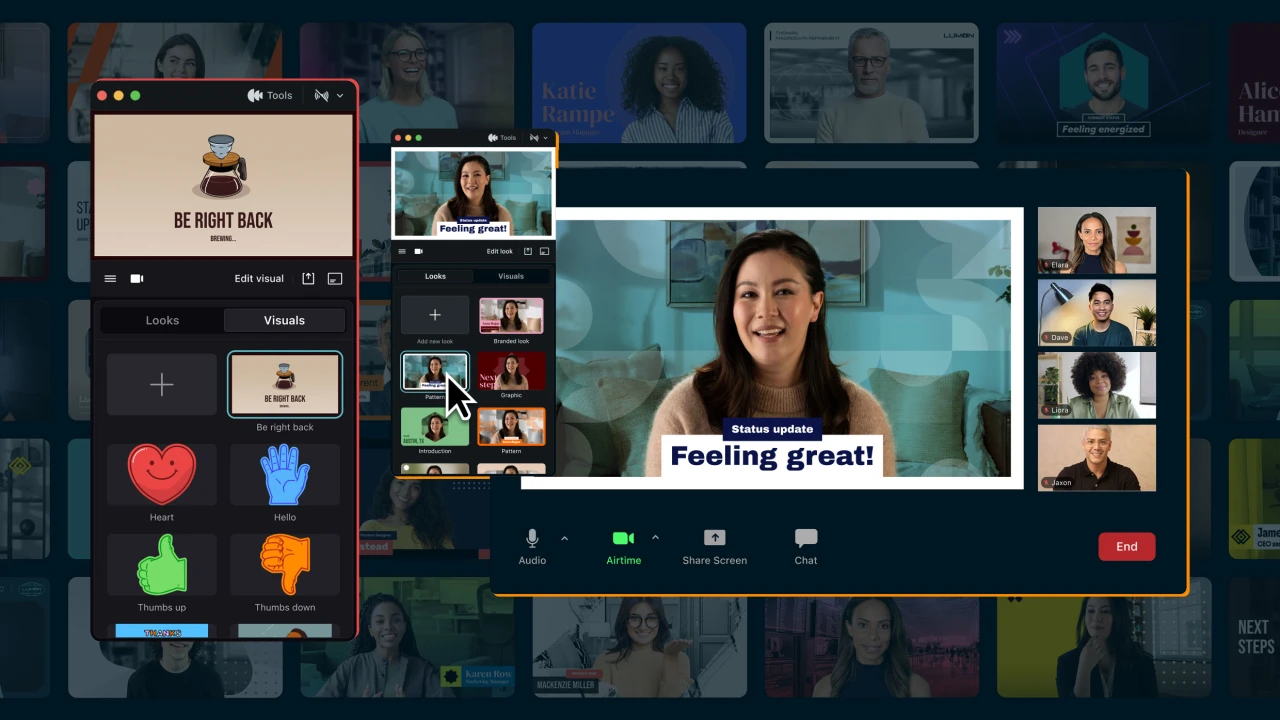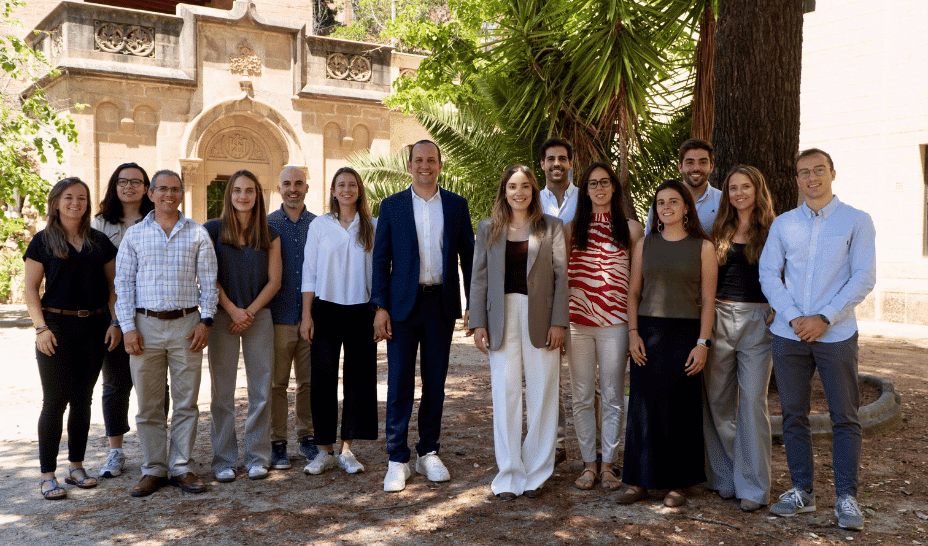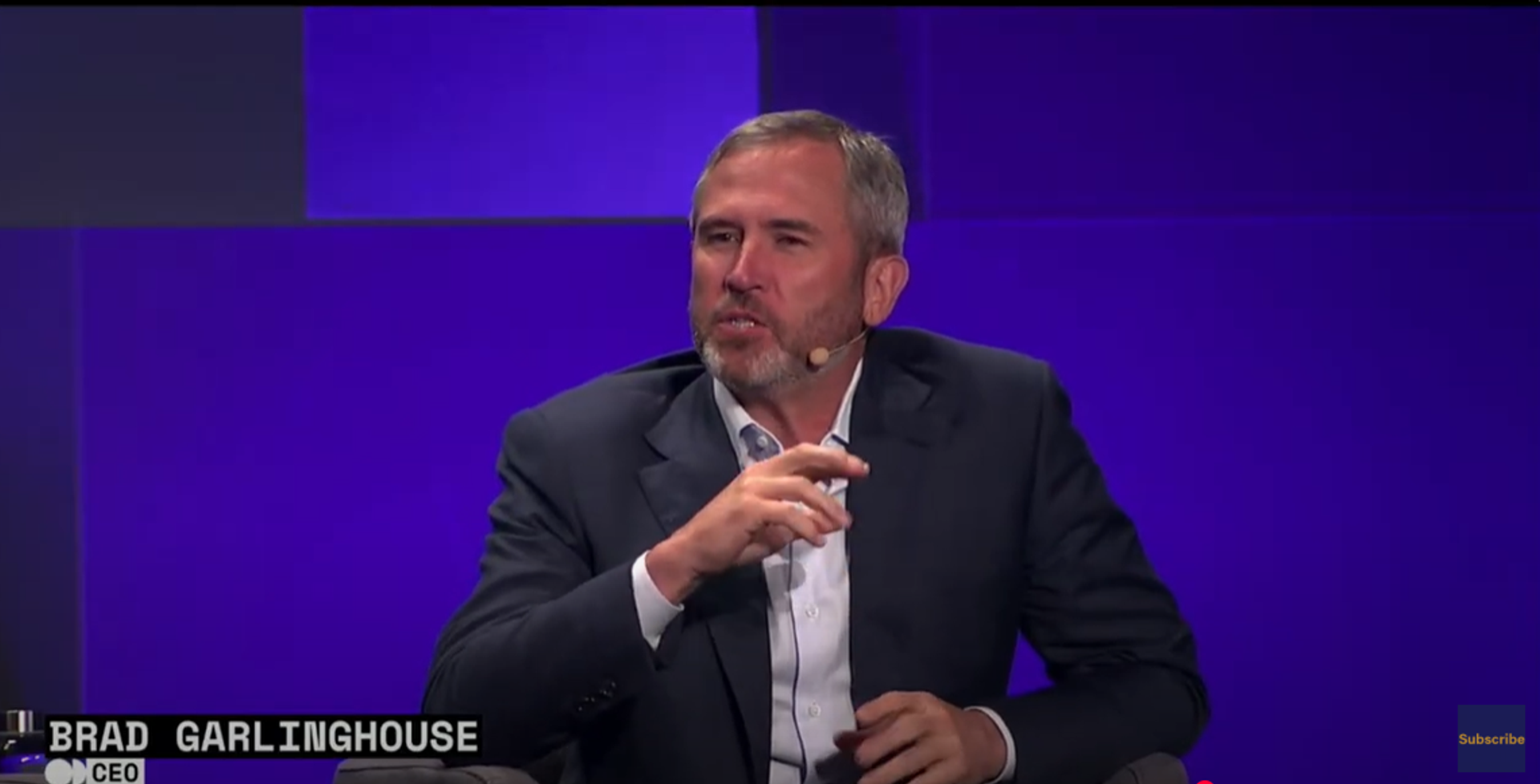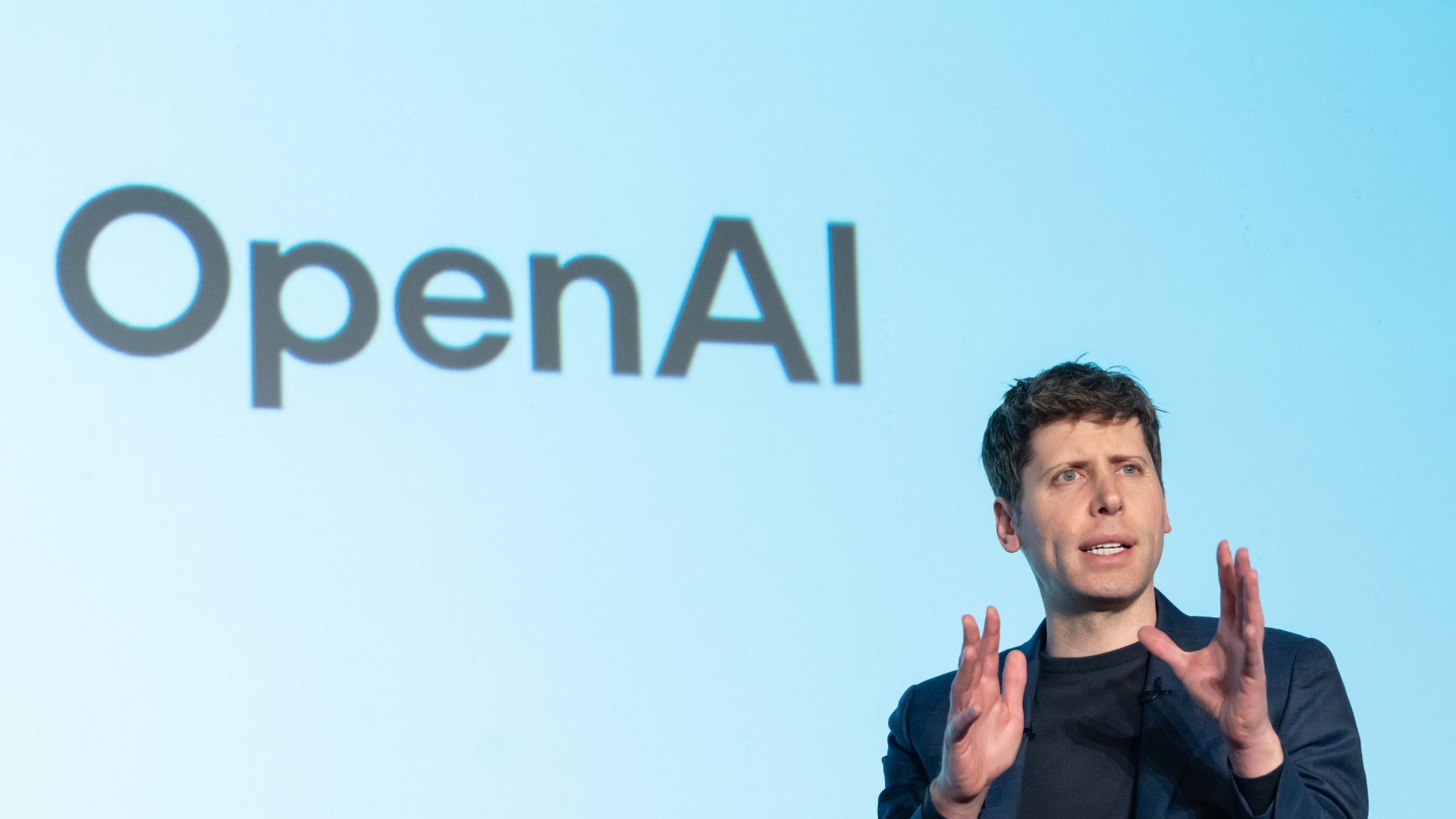Now more than ever, corporate boards need to balance innovation and trust
Perhaps more than at any time in history, boards are being forced to balance innovation and trust. The pressure for this dual mandate arises from intensifying scrutiny, ranging from consumer scrutiny, regulatory oversight, and social media spotlighting, to investor expectations and rapid technological disruption. Against this backdrop, boards must balance daring leaps forward with the confidence that they’re not exposing their organizations to reputational, financial, or ethical harm. The Innovation Imperative The world won’t wait. Whether it’s AI-driven customer experiences, carbon-neutral operations, or new modular product platforms, innovation is no longer optional. It’s existential. Boards are shifting from passive approvers of CEO strategies to active enablers of resilience through: – Strategic Questioning: Directors no longer accept “it’s in the works.” They challenge leadership to define proof-of-concept milestones, KPIs, and risk thresholds. – Dedicated Innovation Committees: A growing number of boards are creating specialized committees that bring together technical expertise, market insight, and financial discipline, and are tasked with overseeing R&D road maps, digital transformation, and emerging opportunities. – Scenario Planning and “Wicked Problems”: Instead of quarterly admonitions to “think big,” boards are engaging in immersive sessions—envisioning future disruption scenarios, stress-testing business models, and mapping counter-strategies against emerging risks. 2. Earning (and Keeping) Stakeholder Trust Innovation ignites trust only when it’s responsibly driven. Yet trust is a fragile asset, easily undermined by data misuse, ethical lapses, and opacity. Boards that prioritize innovation but neglect this dimension may inadvertently sow distrust—or worse yet, crisis. Modern trust-building is multidimensional: – Governance That Works: Beyond checkbox compliance, boards are emphasizing transparency—streamlining financial disclosures, clarifying related-party transactions, and publicizing agenda topics like executive compensation, human capital metrics, and cybersecurity readiness. – Ethics as a Board-Level Imperative: It’s not enough to hire a CCO. Directors are overseeing ethics frameworks, personally engaging in ethics training, and commissioning third-party audits that signal rigor and independence. – Technology Accountability: Artificial intelligence, facial recognition, and algorithmic pricing all carry risks of bias, privacy intrusion, and unfair outcomes. Boards are implementing “algorithmic impact assessments,” empowering ethics officers or advisory councils to review systems and ensure regulatory alignment. – Active Stakeholder Engagement: This means meaningful dialogue with employees, customers, communities, and investors. Boards are increasingly hosting forums, focus groups, and virtual fireside chats, signaling that decision-making is inclusive, and that issues like workplace fairness, product safety, or community impact are heard and acted upon. The Tension and the Balance Can innovation and trust coexist on opposing ends of a seesaw? Yes, when they’re purposefully integrated. Imagine launching a new AI-powered behavioral platform. The board advocates for its commercial potential, while also demanding explainability standards, third-party audits, responsible data sourcing, and consent frameworks before go-live. That’s because: – Trust breeds adoption, which fuels returns. – Innovation without oversight breeds backlash. – Day-one compliance investments mitigate scaling risks. Thus, boards are designing “innovation with guardrails”—empowering management to move fast, but not recklessly. Trust isn’t a constraint; it’s an accelerant. Board Capabilities: What Must Change To settle into this dual mandate, boards need upgraded muscles—and perhaps a redesign. Beyond traditional finance and legal literacy, durable boards now include: – Digital natives who understand AI, cloud infrastructure, and cybersecurity. – Data privacy specialists who grasp GDPR, CCPA, and global compliance regimes. – Human Capital leaders who understand the opportunities and challenges of managing six generations of humans, as well as agentic AI in the workplace. Directors must also evolve from “police” to “partners.” That means engaging in boardroom debates, questioning business models (not just balance sheets), and prioritizing curiosity and learning. To accomplish these goals, boards are adopting tools like: – Dashboards that track innovation metrics alongside trust proxies (bug reports, IT incidents, ethics hotline trends). – Decision frameworks that layer speed-to-market against reputational cost. – Dynamic charters that allow committees to pivot between innovation and risk oversight depending on strategic context. Board in Action: Leading by Example Some boardrooms are already charting this new course. – One

Perhaps more than at any time in history, boards are being forced to balance innovation and trust. The pressure for this dual mandate arises from intensifying scrutiny, ranging from consumer scrutiny, regulatory oversight, and social media spotlighting, to investor expectations and rapid technological disruption. Against this backdrop, boards must balance daring leaps forward with the confidence that they’re not exposing their organizations to reputational, financial, or ethical harm.
The Innovation Imperative
The world won’t wait. Whether it’s AI-driven customer experiences, carbon-neutral operations, or new modular product platforms, innovation is no longer optional. It’s existential. Boards are shifting from passive approvers of CEO strategies to active enablers of resilience through:
– Strategic Questioning: Directors no longer accept “it’s in the works.” They challenge leadership to define proof-of-concept milestones, KPIs, and risk thresholds.
– Dedicated Innovation Committees: A growing number of boards are creating specialized committees that bring together technical expertise, market insight, and financial discipline, and are tasked with overseeing R&D road maps, digital transformation, and emerging opportunities.
– Scenario Planning and “Wicked Problems”: Instead of quarterly admonitions to “think big,” boards are engaging in immersive sessions—envisioning future disruption scenarios, stress-testing business models, and mapping counter-strategies against emerging risks.
2. Earning (and Keeping) Stakeholder Trust
Innovation ignites trust only when it’s responsibly driven. Yet trust is a fragile asset, easily undermined by data misuse, ethical lapses, and opacity. Boards that prioritize innovation but neglect this dimension may inadvertently sow distrust—or worse yet, crisis.
Modern trust-building is multidimensional:
– Governance That Works: Beyond checkbox compliance, boards are emphasizing transparency—streamlining financial disclosures, clarifying related-party transactions, and publicizing agenda topics like executive compensation, human capital metrics, and cybersecurity readiness.
– Ethics as a Board-Level Imperative: It’s not enough to hire a CCO. Directors are overseeing ethics frameworks, personally engaging in ethics training, and commissioning third-party audits that signal rigor and independence.
– Technology Accountability: Artificial intelligence, facial recognition, and algorithmic pricing all carry risks of bias, privacy intrusion, and unfair outcomes. Boards are implementing “algorithmic impact assessments,” empowering ethics officers or advisory councils to review systems and ensure regulatory alignment.
– Active Stakeholder Engagement: This means meaningful dialogue with employees, customers, communities, and investors. Boards are increasingly hosting forums, focus groups, and virtual fireside chats, signaling that decision-making is inclusive, and that issues like workplace fairness, product safety, or community impact are heard and acted upon.
The Tension and the Balance
Can innovation and trust coexist on opposing ends of a seesaw? Yes, when they’re purposefully integrated.
Imagine launching a new AI-powered behavioral platform. The board advocates for its commercial potential, while also demanding explainability standards, third-party audits, responsible data sourcing, and consent frameworks before go-live.
That’s because:
– Trust breeds adoption, which fuels returns.
– Innovation without oversight breeds backlash.
– Day-one compliance investments mitigate scaling risks.
Thus, boards are designing “innovation with guardrails”—empowering management to move fast, but not recklessly. Trust isn’t a constraint; it’s an accelerant.
Board Capabilities: What Must Change
To settle into this dual mandate, boards need upgraded muscles—and perhaps a redesign.
Beyond traditional finance and legal literacy, durable boards now include:
– Digital natives who understand AI, cloud infrastructure, and cybersecurity.
– Data privacy specialists who grasp GDPR, CCPA, and global compliance regimes.
– Human Capital leaders who understand the opportunities and challenges of managing six generations of humans, as well as agentic AI in the workplace.
Directors must also evolve from “police” to “partners.” That means engaging in boardroom debates, questioning business models (not just balance sheets), and prioritizing curiosity and learning.
To accomplish these goals, boards are adopting tools like:
– Dashboards that track innovation metrics alongside trust proxies (bug reports, IT incidents, ethics hotline trends).
– Decision frameworks that layer speed-to-market against reputational cost.
– Dynamic charters that allow committees to pivot between innovation and risk oversight depending on strategic context.
Board in Action: Leading by Example
Some boardrooms are already charting this new course.
– One fintech board mandated a “digital ethics panel” to review product-development milestones. The program delayed a public launch, but in return, they avoided a privacy scandal and earned plaudits from customers and regulators alike.
– A global retailer’s board insisted ESG goals be tied to executive bonuses. That enabled a logistics innovation, slashing carbon emissions and boosted brand trust and investor approval.
– A software provider’s audit committee now cross-purposes voice-of-customer metrics into its risk dashboard, mandating proactive pilot-support before scaling new features, avoiding early usability blowback.
These examples show that boards aren’t victims of complexity. They can be its architects.
The Road Ahead
Stewardship of innovation and trust is not a checkbox. It’s a continuous evolution. Boards of the future will be dynamic, data-fluent, and culturally influential. They will:
1. Commission future-focused explorations—not just financial reviews—before annual strategy cycles.
2. Embed ethical and trust metrics into quarterly reporting—side-by-side with ROI and growth statistics.
3. Institutionalize stakeholder voice through standing advisory groups, embedding external input into board-level decisions.
4. Practice renewal, rotating board talent to reflect changing strategic needs—digital, human capital, ethics—without losing institutional memory.
Agile, accountable, and anchored
For board leaders and CHROs, the opportunity is clear: to design governance that is agile, accountable, and anchored in shared values. The goal: sustain not just profits, but purpose. When boards become guardians of both innovation and trust, they don’t just manage risk—they propel long-term value creation and societal impact.
In summary, the modern board’s mandate isn’t either/or. It’s both/and: bold innovation, disciplined by trust. To succeed, boards must rethink their charters, diversify their expertise, and adopt hybrid oversight frameworks that catalyze progress while safeguarding stakeholder confidence. This is today’s blueprint for accountable, future-ready governance.
Hollie Castro is an Independent Board Member, advisor and CHRO who helps organizations integrate culture, innovation, and governance at the executive and board level.






![X Highlights Back-to-School Marketing Opportunities [Infographic]](https://imgproxy.divecdn.com/dM1TxaOzbLu_kb9YjLpd7P_E_B_FkFsuKp2uSGPS5i8/g:ce/rs:fit:770:435/Z3M6Ly9kaXZlc2l0ZS1zdG9yYWdlL2RpdmVpbWFnZS94X2JhY2tfdG9fc2Nob29sMi5wbmc=.webp)


